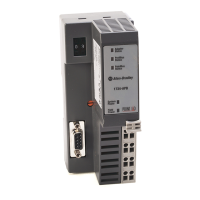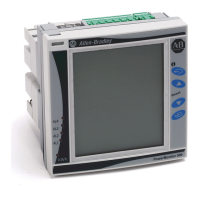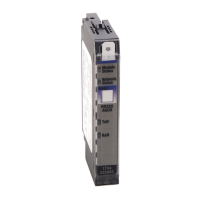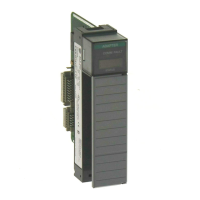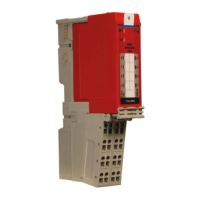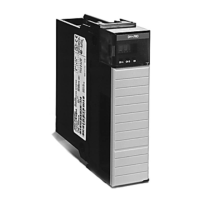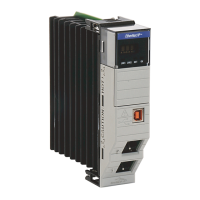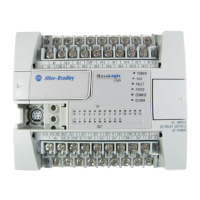Publication 1757-RM810A-EN-P - May 2002
Functional Blocks 3-37
PID
Description Operates as a proportional-integral-derivative (PID) controller and supports the Ideal form of calculating the PID terms.
Function Accepts 2 analog inputs -- process variable (PV) and set point (SP); produces output calculated to reduce the difference
between PV and SP. Provides anti-windup protection, control initialization and override feedback processing.
Timeout
Monitoring
In cascade mode, performs timeout monitoring on SP. If a good SP value is not received within a predefined time, this
block invokes the following timeout processing.
• Sets the input timeout flag (TMOUTFL).
• Holds the SP value at its last good value.
• Changes the mode to a user-specified TMOUTMODE.
• Requests the input’s primary to initialize.
If SP times out and the block sheds to Auto mode, block sets the Cascade Request flag (CASREQFL).
Inputs Required number of inputs is determined by this block’s mode:
• If Mode = Cascade, 2 inputs are required – PV and SP. Both must be pulled from other function blocks.
• If Mode = Auto or Man, only PV is required. PV must be pulled from another function block; the user cannot store
to it.
SP contains set point value in engineering units; SPP contains value in percent.
• If Mode = Auto, operator or user program may store to either SP or SPP.
SP is an initializable input; PV is non-initializable.
Input Ranges
and Limits
• PVEUHI and PVEULO define full range of PV in engineering units. They also define the engineering unit range of SP,
since PV and SP are assumed to have the same range.
• PVEUHI represents the 100% of full scale value.
• PVEULO represents the 0% of full scale value.
• SPHILM and SPLOLM define set point operating limits in engineering units.
• Prevents operator from storing SP value outside limits; if primary or user program attempts to store value outside
limits, block clamps it to appropriate limit and sets primary’s windup status.
Outputs Block has following initializable outputs:
• OP = Calculated output in percent.
• OPEU = Calculated output in engineering units
Note that the default OP connection pin is exposed on the blocks and the implicit/hidden connection function
automatically makes the appropriate value/status parameter (OPX/OPEUX) connection when required.
Output Ranges
and Limits
• CVEUHI and CVEULO define full range of CV in engineering units. If this block has a secondary, it brings the
secondary’s input range through the BACKCALC and sets its CV range to that. If it has no secondary, you must
specify CVEUHI and CVEULO range.
• OPHILM and OPLOLM define normal high and low limits for OP as a percent of CV range (user-specified values).
• OP clamps to limits if calculated CV exceeds them, or another block or user program attempts to store OP value
exceeding them; operator may store OP value outside these limits.
• OPEXHILM and OPEXLOLM define extended high and low limits for OP as percent of CV range (user-entered
values).
• Prevents operator from storing OP value that exceeds these limits.
Equation
Options
Equation A – Proportional, Integral, and Derivative on error.
Equation B -- Proportional and Integral on error and Derivative on changes in PV.
Equation C -- Integral on error and Proportional and Derivative on changes in PV.
Equation D -- Integral only.
Equation E -- Proportional only; this equation supports the following two options that affect CV:
Output bias processing which adds fixed and floating bias to unbiased CV.
Reverse-control action causes the sign of the unbiased CV to be reversed.
Gain Options If equation A, B, or C is selected, any of the following gain options may be chosen:
Linear Gain -- provides proportional control action that is equal to a constant (K) times the error.
Gap Gain -- used to reduce sensitivity of control system when PV is in user-specified band (gap) around set point.
Nonlinear Gain -- control action is proportional to square of error, rather than error itself.
External Gain -- gain (K) is modified by input value that can come from the process, another block or user program.
More on following page
Spare Allen-Bradley Parts
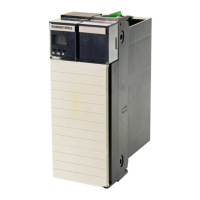
